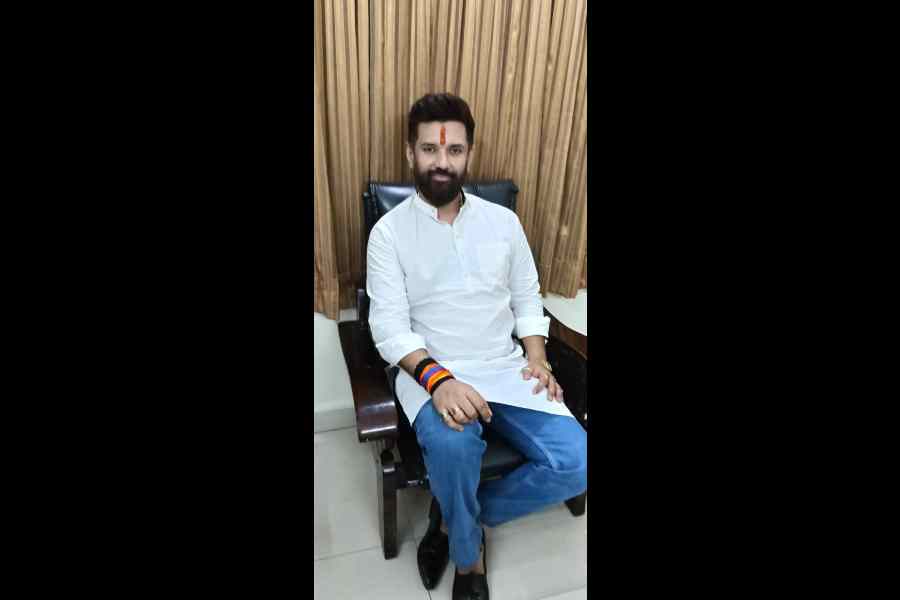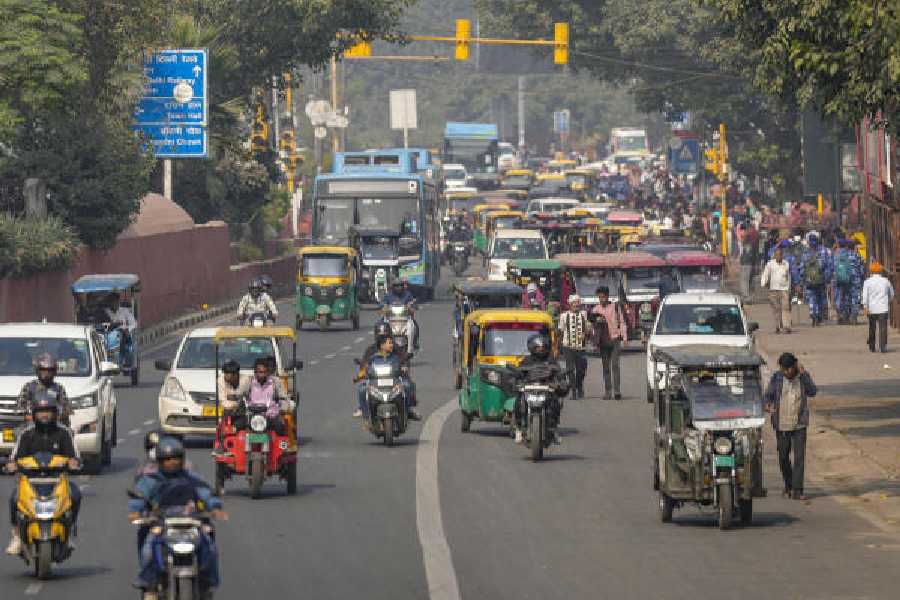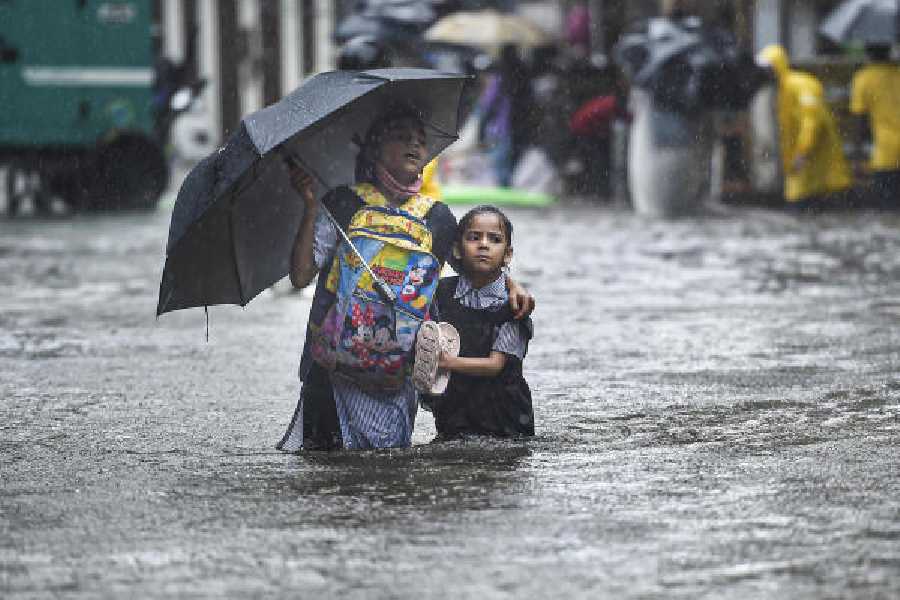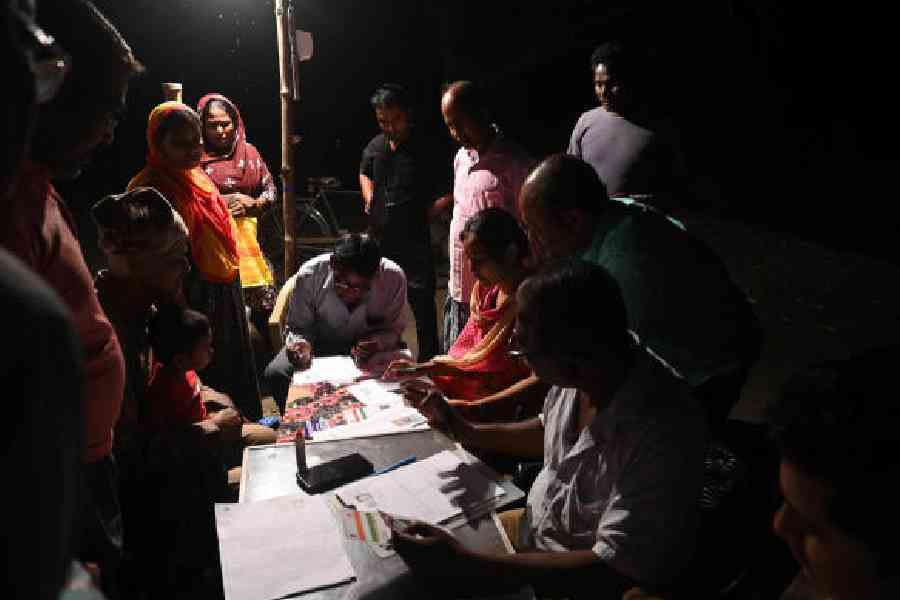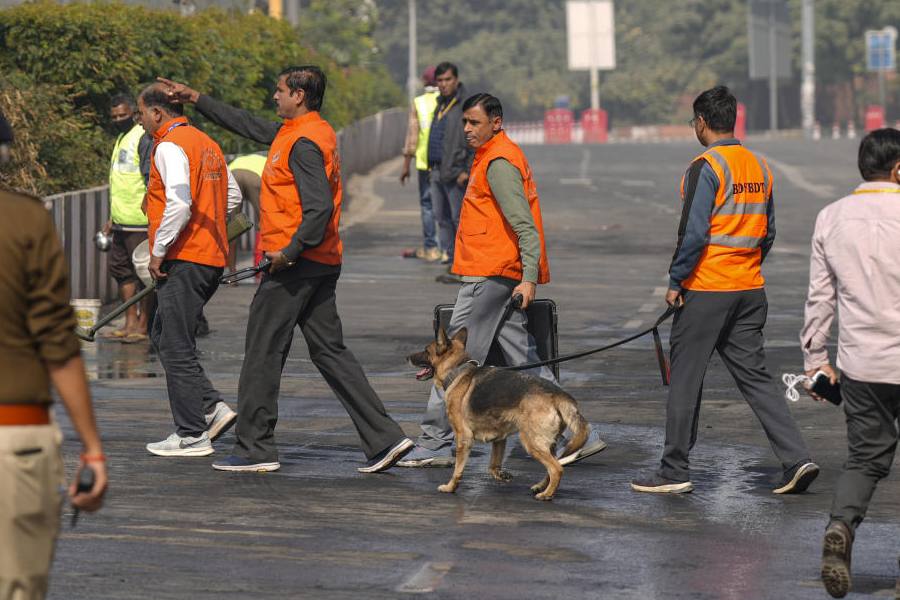Nagaon, Jan. 9: Life has been snuffed out of the river that was once the lifeline of many.
About half-a-century ago, the Pathari was the river of joy for the people of this central Assam town, but only a hyacinth-filled, stagnant mass of water remains where it once gurgled. The Pathari is now appropriately referred to as the “dead river”.
Residents of Nagaon are, however, planning to bring Pathari back to life and the first step towards this objective is a five-day rural fair, beginning January 15, on the bank of the river.
“We want to create public awareness about the importance of reviving the Pathari, not just because of its history but also to solve the perennial problem of floods,” the chief secretary of the fair committee, Sarat Borkakoty, said.
The river originates from the Champawati Falls and, after flowing miles through the eastern part of the district, merges with a large waterbody called Jalah. The Pathari was once the hub of commercial boats belonging to the Mahangial trading community, which supplied essential items and iron farming implements to people living on the bank of the river.
Two major events between 1930 to 1950 changed the course of the river. The Great Flood of 1934 precipitated the growth of water hyacinth, which made transportation virtually impossible. The earthquake of 1950 pushed up the riverbed, leaving behind a motionless mass of water.
Subsequent encroachment into the dry patches of the fertile riverbed now causes frequent artificial floods in the surrounding villages, including Niz-Pathari, Gayangaon and Bhutaigaon.
Borkakoty said one of the objectives of the rural fair was to raise awareness about the socio-cultural history of the areas along the Pathari river.
Villages along the Pathari’s course, such as Ranthali and Sonarigaon, were once famous for artisans who made exquisite gold jewellery. Literary names like Budhindranath Bhattacharyya, who edited the first Anglo-Assamese dictionary, and Sahitya Akademi Award winner Tralukya Bhattacharyya grew up along its banks. Bhattacharyya said the efforts to “revive” the river might have come a little late in the day. “We would have tasted success had this been done 50 years ago.”


